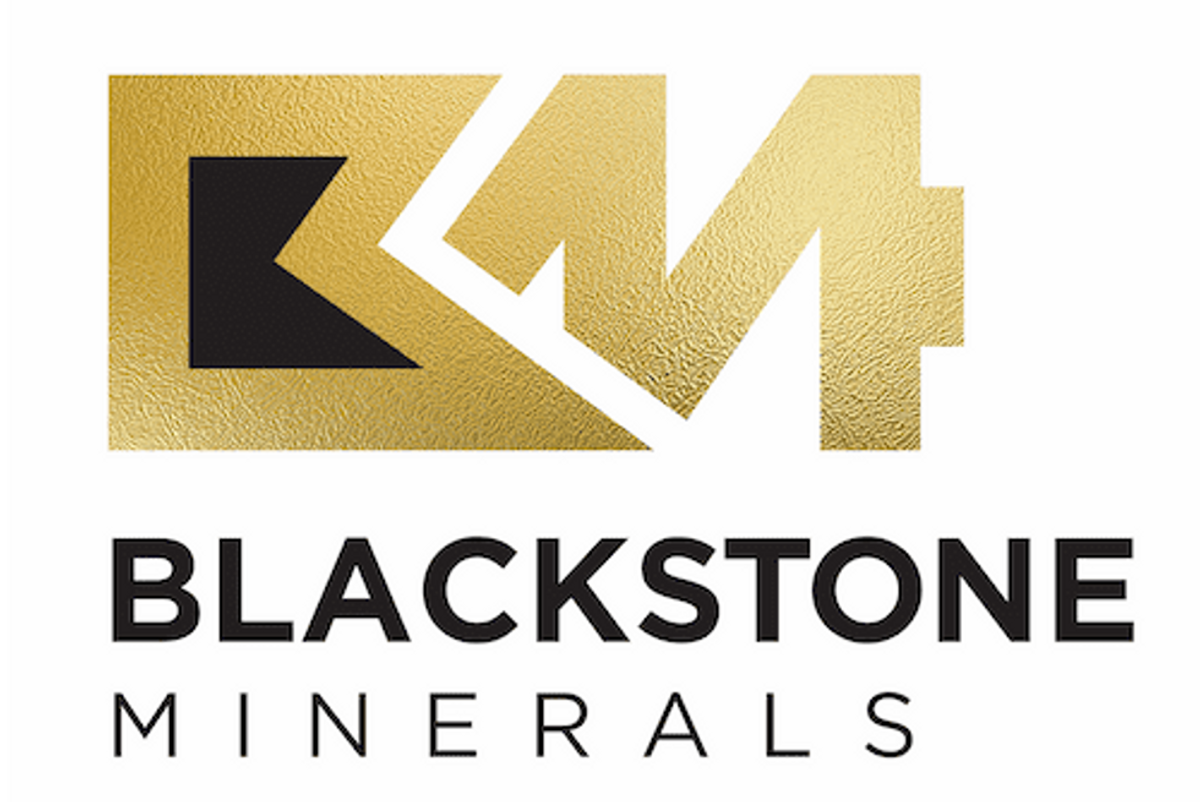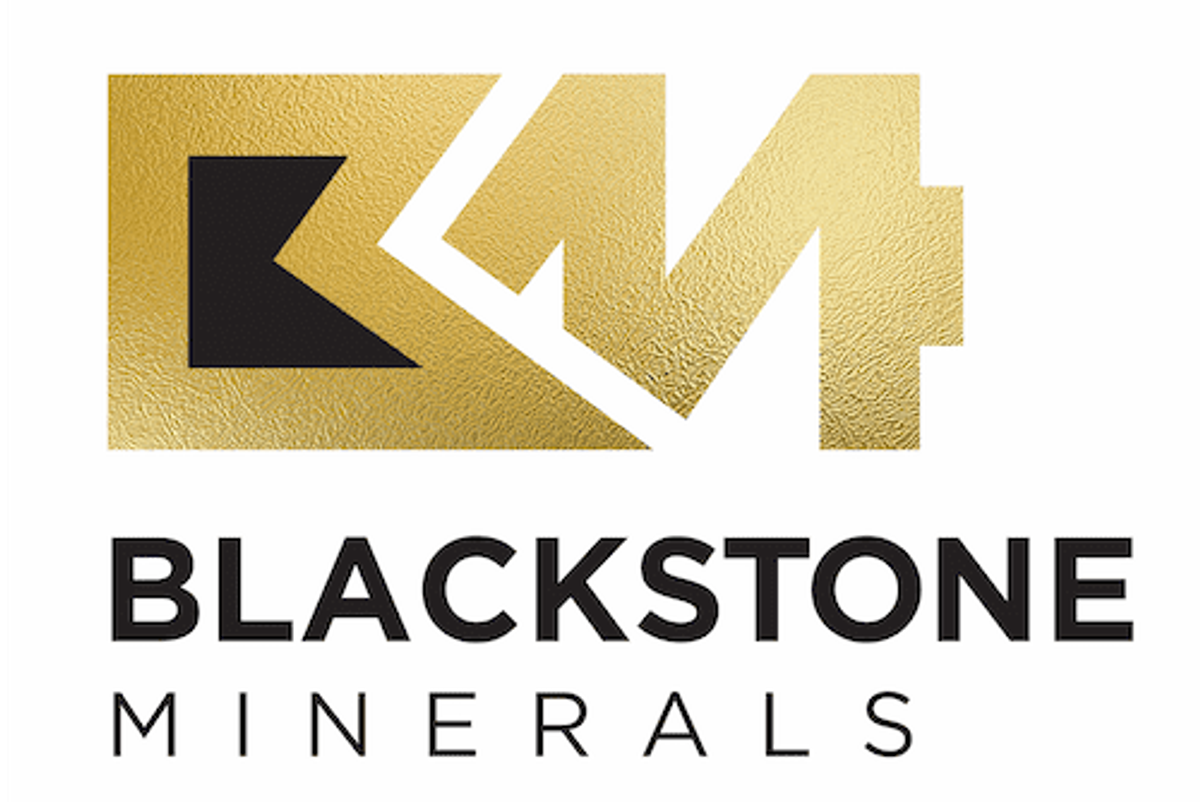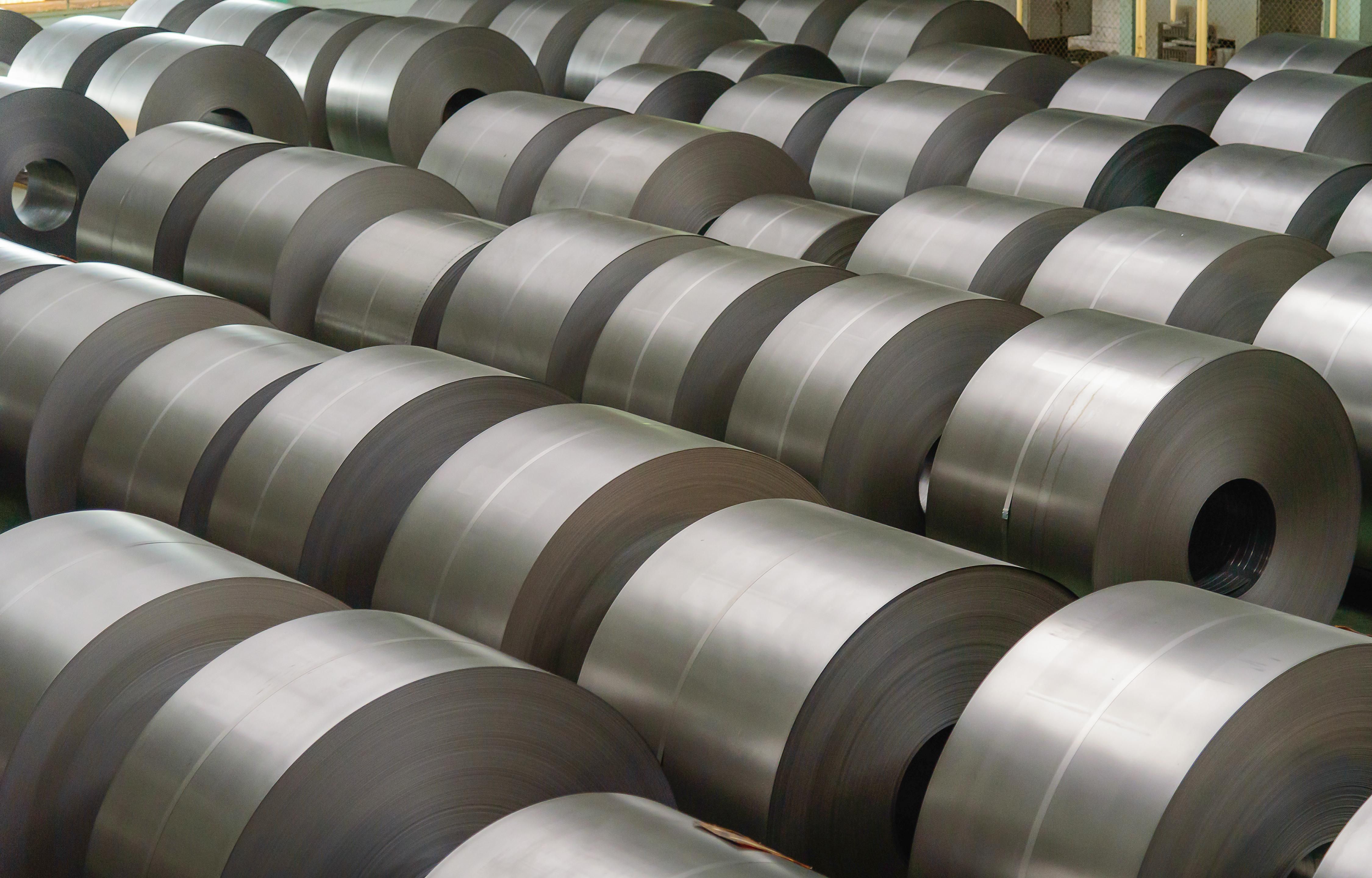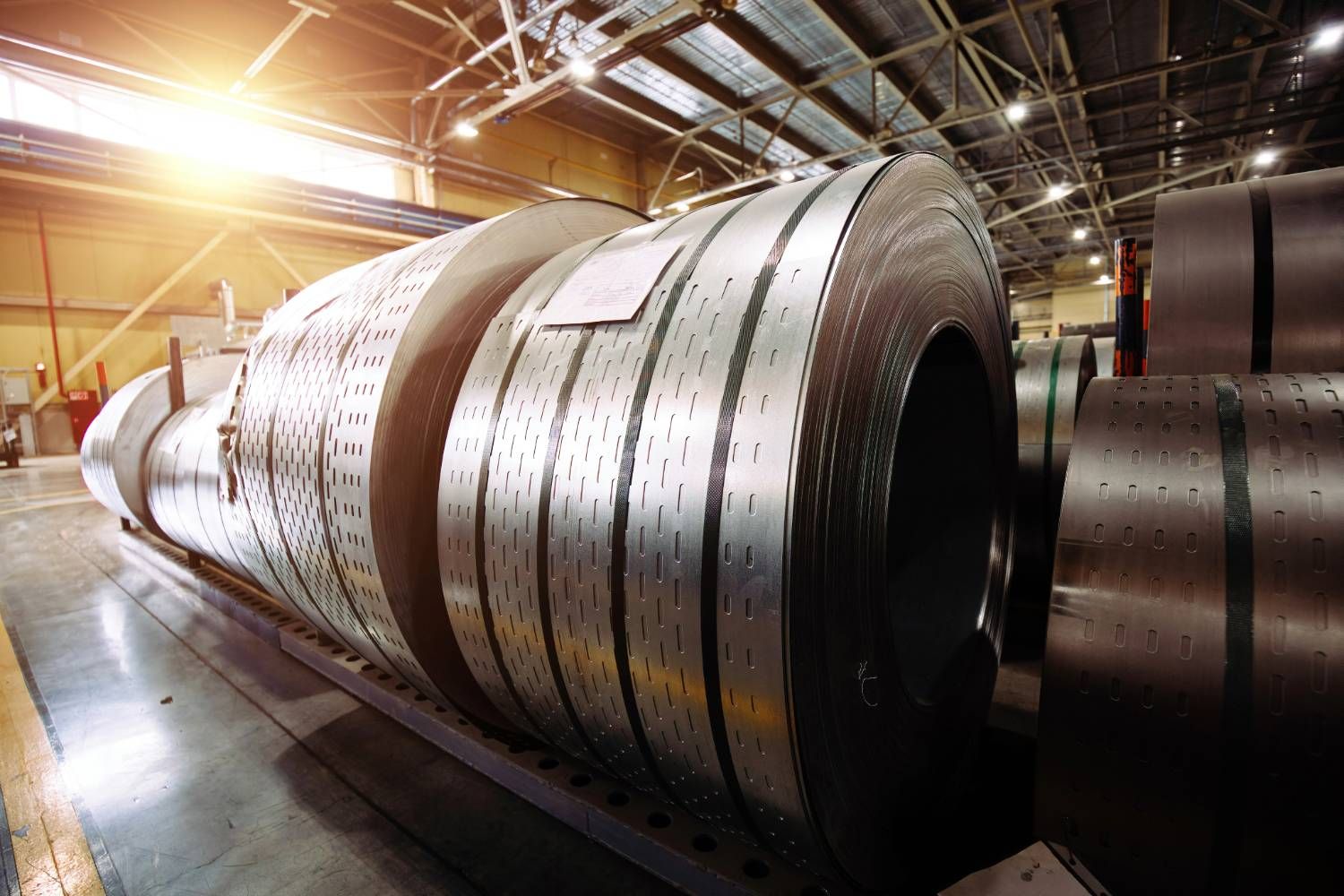
January 30, 2023
Blackstone Minerals Limited (“Blackstone” or the “Company”) is pleased to present its Quarterly Report and Cash Flow Report.
HIGHLIGHTS
Ta Khoa Project – Mining and Refinery Project
Blackstone announced the completion of the Ta Khoa Refinery piloting programme at ALS Metallurgy in Western Australia. The pilot program successfully developed a scaled version of the Ta Khoa Refinery, processing concentrate to battery grade nickel and cobalt sulphates. The pilot program achieved:
- Validation of the refinery process;
- Production of mixed hydroxide precipitate (MHP);
- Distribution of battery grade nickel and cobalt sulphates;
- Processing of third-party MHP and cobalt supply.
Exploration
Ta Khoa Nickel Project, Vietnam:
- Results from the most recent round of infill drilling at King Snake and Ban Chang were received.
- Resource definition drilling at King Snake massive sulphide vein deposit confirmed continuity and high grades (up to 4.3% Ni and 18.2 g/t PGE1).
- Strong nickel and copper drill results returned from the Suoi Phang massive sulphide vein target;
- 2.95m @ 2.42% Ni, 0.52% Cu, 0.06% Co & 0.05g/t PGE from 37.05m.
- 2.95m @ 2.42% Ni, 0.52% Cu, 0.06% Co & 0.05g/t PGE from 37.05m.
- Vietnam team ramping up regional greenfields exploration.
Twilight Nickel-Copper Project, Canada:
- Ground electro-magnetic (FLTEM) surveys conducted during the quarter. Program targeting potential Ni-Cu-Co sulfides.
Corporate
- Cash position of $18.2m and listed investments of $15.7m at the end of the quarter.
- Research and Development rebate of $3.7m submitted in December 2022.
Sustainability Report
Blackstone released its FY2022 Sustainability Report. The report supports the Company’s commitment to transparency in the business and the development of an industry leading, low CO2 emission Green Nickel™ sulphide project in Vietnam to supply into the growing Lithium-ion battery industry.
Highlights of the report included:
- Results of a Life Cycle Assessment that confirmed the Ta Khoa Project as the lowest Global Warming Potential (9.8 kg CO2 eq. per kg Nickel:Cobalt:Manganese 811) compared to existing producers of NCM911 precursor;
- Undertaking a Greenhouse Gas Emissions Assessment to advance the understanding of Blackstone’s baseline emissions prior to project development and enabling the Company to address climate related risks and identify reduction opportunities;
- Establishing a structured Remuneration Framework with an equity incentive plan to reward, incentivise, attract, and retain high calibre people to the business;
- Introducing a personal Health and Safety pre-start program (Take-5) with the help of the workforce; and
- Building a Communities and Social Performance team to support the Company’s commitment to Community Development and Engagement.
Board and Governance Update
Blackstone announced the strengthening of its Board of Directors with the appointment of Dan Lougher, a qualified mining engineer with over 40 years of experience in all aspects of resource and mining project exploration, feasibility, development and operations and a significant corporate network in the financial and mining community, as Non-Executive Director on 26 October 2022. Following this appointment, Mr Hoirim Jung resigned from his position as Non-Executive Director with effect from 24 November 2022.
In addition, on 24 November 2022, the Board reviewed the structure of Committees with the following changes:
- Newly formed Technical Committee to oversee the company’s Ta Khoa Project’s development, chaired by Dan Lougher;
- Alison Gaines appointed as the Independent Nomination Committee Chair; and
- Frank Bierlein joined the Audit, Risk, and ESG Committee, the People, Remuneration, Culture and Diversity Committee and the Technical Committee.
Research and Development Rebate
During the period, an application for a $3.7 million research and development rebate was completed for submission to the Australian Tax Office in recognition of flowsheet technology developed in FY2021/2022. Blackstone will update the market upon receipt of the research and development rebate.
Click here for the full ASX Release
This article includes content from Blackstone Minerals Limited, licensed for the purpose of publishing on Investing News Australia. This article does not constitute financial product advice. It is your responsibility to perform proper due diligence before acting upon any information provided here. Please refer to our full disclaimer here.
BSX:AU

Sign up to get your FREE
Blackstone Minerals Investor Kit
and hear about exciting investment opportunities.
- Corporate info
- Insights
- Growth strategies
- Upcoming projects
GET YOUR FREE INVESTOR KIT
The Conversation (0)
25 July
Blackstone Minerals
A diversified developer of battery-grade nickel and copper-gold assets in Southeast Asia
A diversified developer of battery-grade nickel and copper-gold assets in Southeast Asia Keep Reading...
28 December
Managing Director Resignation and Board Changes
Blackstone Minerals (BSX:AU) has announced Managing Director Resignation and Board ChangesDownload the PDF here. Keep Reading...
24 October
Quarterly Activities/Appendix 5B Cash Flow Report
Blackstone Minerals (BSX:AU) has announced Quarterly Activities/Appendix 5B Cash Flow ReportDownload the PDF here. Keep Reading...
27 August
BSX Secures JV Partner & Funding for Ta Khoa Nickel Project
Blackstone Minerals (BSX:AU) has announced BSX Secures JV Partner & Funding for Ta Khoa Nickel ProjectDownload the PDF here. Keep Reading...
25 August
Trading Halt
Blackstone Minerals (BSX:AU) has announced Trading HaltDownload the PDF here. Keep Reading...
31 July
Quarterly Activities/Appendix 5B Cash Flow Report
Blackstone Minerals (BSX:AU) has announced Quarterly Activities/Appendix 5B Cash Flow ReportDownload the PDF here. Keep Reading...
29 December
Top 5 Canadian Nickel Stocks of 2025
Nickel prices have experienced volatility in the past few years due to supply and demand uncertainty. While demand has been consistent, prices have been mainly influenced by structural oversupply stemming from high output from Indonesia, which rapidly increased output in recent years to become... Keep Reading...
23 December
Top 5 ASX Nickel Stocks of 2025
Although countries around the world have been adding nickel to their critical minerals lists, many nickel companies have faced difficulties due to a tough price environment.Nickel prices stagnated during the second half of 2025 as market surpluses met weak demand growth.Much of the supply... Keep Reading...
22 December
Nickel Price Forecast: Top Trends for Nickel in 2026
Nickel prices were stagnant in 2025, trading around US$15,000 per metric ton (MT) for much of the year.Weighing heavily on the metal was persistent oversupply from Indonesian operations. Meanwhile, sentiment remained weak amid soft demand growth from the construction and manufacturing sectors,... Keep Reading...
22 December
Lundin to Sell Eagle Nickel-Copper Mine and Humboldt Mill to Talon Metals
Lundin Mining (TSX:LUN,OTC Pink:LUNMF) has agreed to sell its Eagle mine and Humboldt mill in Michigan to Talon Metals (TSX:TLO,OTCID:TLOFF), pivoting its US-based operations to focus on domestic supply. The transaction will see Lundin Mining receive 275.2 million Talon shares, representing 18.4... Keep Reading...
19 December
Nickel Price 2025 Year-End Review
After peaking above US$20,000 per metric ton (MT) in May 2024, nickel prices have trended steadily down. Behind the numbers is persistent oversupply driven by high output from Indonesia, the world’s largest nickel producer. At the same time, demand from China's manufacturing and construction... Keep Reading...
01 December
Tartisan Nickel Corp. Acquires Apex Claims Contiguous to the Kenbridge Nickel Copper Cobalt Project, Northwestern, Ontario
Tartisan Nickel Corp. (CSE: TN,OTC:TTSRF) (OTCQB: TTSRF) (FSE: 8TA) ("Tartisan", or the "Company") is pleased to announce that it has completed the purchase of three claims historically identified as the "Apex Claims" located in the Atikwa Lake region, in the Kenora Mining District, Northwestern... Keep Reading...
Latest News

Sign up to get your FREE
Blackstone Minerals Investor Kit
and hear about exciting investment opportunities.
- Corporate info
- Insights
- Growth strategies
- Upcoming projects
GET YOUR FREE INVESTOR KIT
Interactive Chart
Latest Press Releases
Related News
TOP STOCKS
American Battery4.030.24
Aion Therapeutic0.10-0.01
Cybin Corp2.140.00







